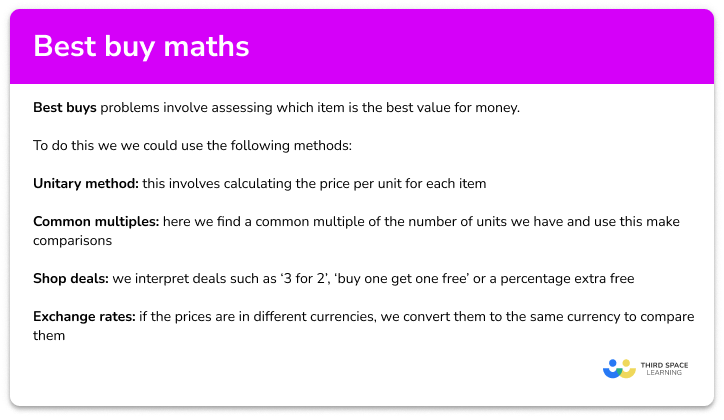FREE DOWNLOAD
Density Worksheet

Help your students prepare for their Maths GCSE with this free density worksheet of 30 + questions and answers
- Section 1 of the density worksheet contains 20+ skills-based density practice questions, in 3 groups to support differentiation
- Section 2 contains 3 applied density questions with a mix of worded problems and deeper problem solving questions
- Section 3 contains 3 foundation and higher level GCSE exam style questions on density questions
- Answers and a mark scheme for all density questions are provided
- Questions follow variation theory with plenty of opportunities for students to work independently at their own level
- All questions created by fully qualified expert secondary maths teachers
- Suitable for GCSE maths revision for AQA, OCR and Edexcel exam boards
Density at a glance
Density is a measure of the mass of something per unit volume. It is usually measured in kilograms per cubic metre or grams per cubic centimetre. Calculating density is done using the density formula: Density = Mass divided by Volume.
For example, if we have a piece of wood with a volume of 100cm3 and a mass of 80g, we can calculate the density of the object: Density = 80 divided by 100 = 0.8g/cm^3. Sometimes we might be given information about the side lengths of the object rather than the volume, in which case we start by calculating the volume and then use this for the density calculation.
By rearranging the density formula, we can get the following formulae for volume and mass:
Volume = Mass divided by Density and Mass = Density multiplied by Volume. The answers we get by using these formulae may be non-exact, in which case we can round them to an appropriate number of decimal places or significant figures.
Some useful conversions include: 1 ml of water fills 1cm^3, and 1000kg = 1 tonne. We therefore multiply millilitres by 1 to get centimetres, and we divide kilograms by 1000 to get tonnes.
Looking forward, students can then progress to additional exchange and conversion rates worksheets, and other ratio and proportion worksheets for example a ratio worksheet or a simplifying and equivalent ratios worksheet.

For more teaching and learning support on Ratio and Proportion our GCSE maths lessons provide step by step support for all GCSE maths concepts.
Do you have students who need additional support?

With Third Space Learning's secondary maths tutoring programmes, students in Year 7-11 receive regular one to one maths tutoring to address gaps, build confidence and boost progress.
"My confidence in the tutoring is high. We've had some phenomenal results. I even had one girl get a Grade 8 this year; she came to every tutoring session."
Stacey Atkins, Maths Director, Outwood Grange Academies Trust








